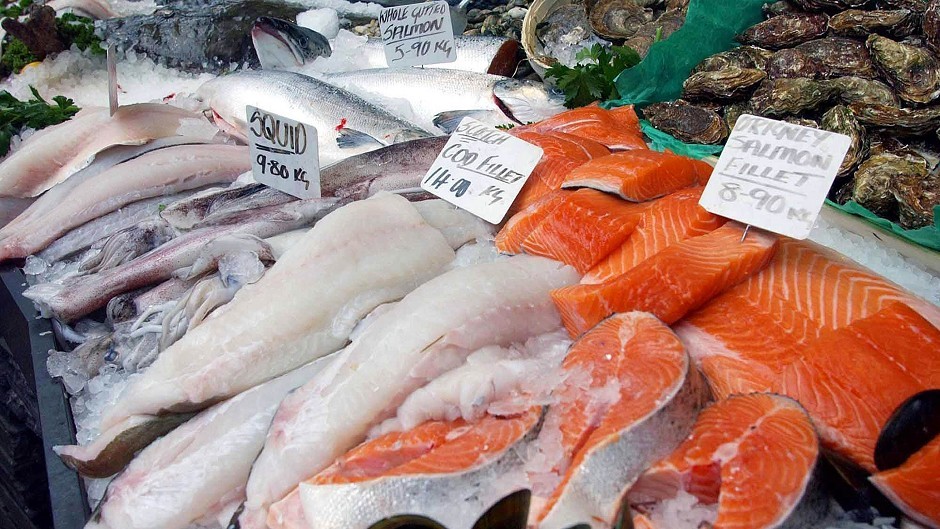Global demand and economic recovery are boosting the growth prospects for Scottish seafood processors, a new report says.
Seafish said the number of businesses active in the UK industry fell slightly between 2012 and last year, but employment increased.
Salmon processing alone saw a 28% increase in jobs over the same period, the industry body added.
Its 2014 Seafood Processing Industry Report gives an overview of the size and structure of the industry, including processing units, employment levels, geographic distribution, types of activity and the species being processed, among others.
Despite an overall reduction in the number of units, the largest and smallest size bands- above 100 and below 10 full-time equivalent employees – bucked this trend, with 29% and 10% increases since 2012 respectively.
Seafish said increased concentration of the industry into very large business units was evident, with the biggest size band accounting for 65% of total employment in 2014 – up from 58% in 2012.
It added: “At the same time, the increase in the number of smaller units suggests there have been several young businesses entering the processing sector.
The report also includes the latest available financial data from 2012, revealing that processing turnover was up by 16% since 2008 – but operating costs increased by 20%, resulting in lower profits.
Higher raw material costs are thought to be the main reason for the reduced profitability, with these not fully passed on to customers.
Despite this, Seafish said there were signs of increased investment in fixed capital assets such as equipment and premises.
This shows a recovery in confidence after a period of economic uncertainty, it said.
Seafish chief economist Hazel Curtis added: “The supply of raw materials, regulatory and trade developments such as exchange rate movements, skill shortages, securing finance and retailer pressure on suppliers create problems for many businesses in the seafood processing industry.
“At the same time, growing demand for seafood and signs of economic recovery underpin industry confidence in the long-term sustainability and profitability of seafood processing in the UK.”
According to Seafish, the UK seafood processing sector employed more than 14,300 people on a full-time equivalent basis across 333 business units last year.
Scottish processors export to more than 100 countries around the world.
Seafood Scotland, the delivery partner for Seafish north of the border, says there are about 230 Scottish processors employing about 7,000 people.
Scotland’s processors are concentrated in the north-east, which accounts for 51% of business units and 62% of the total employment.
The Highlands and islands is the next most important area of Scotland in terms of jobs, accounting for 16% of the units and 11% of employment.
